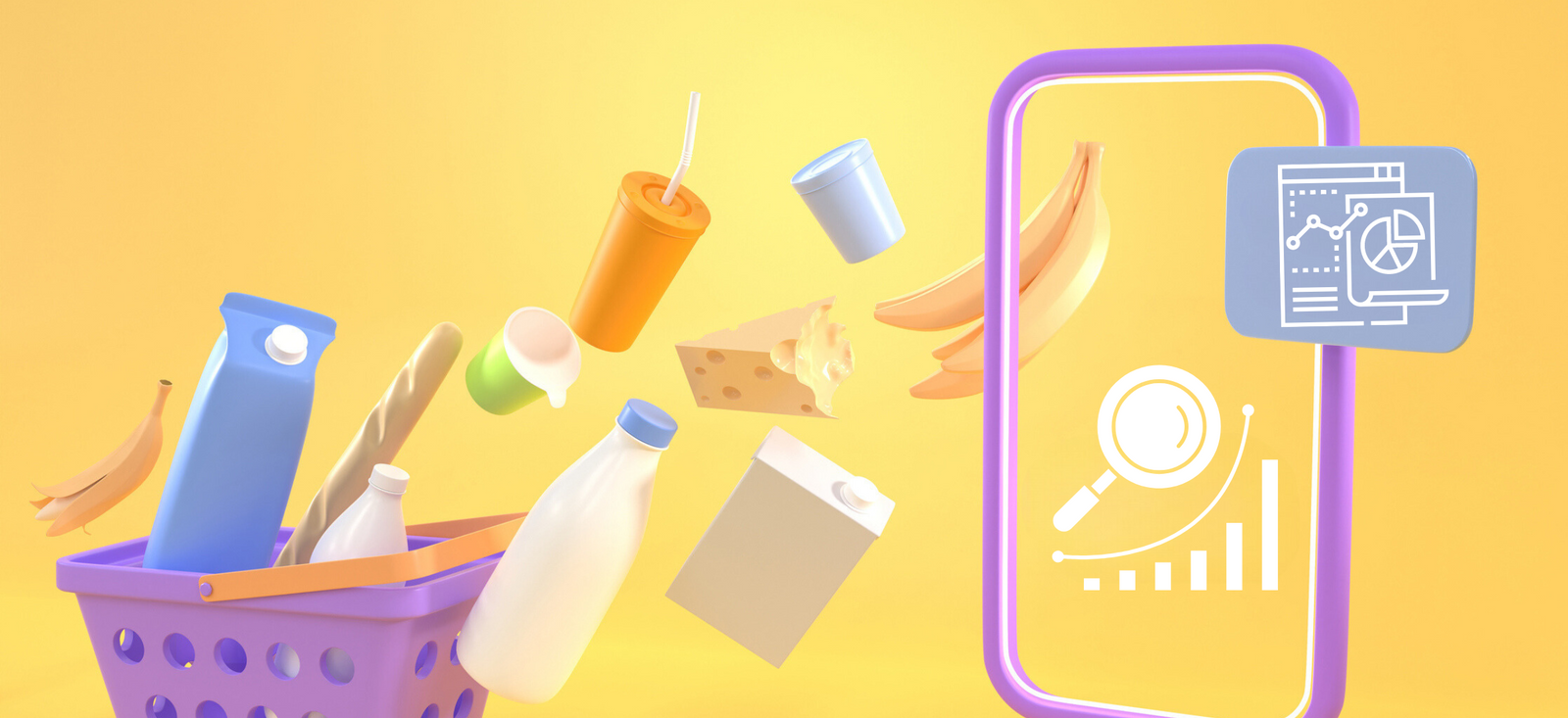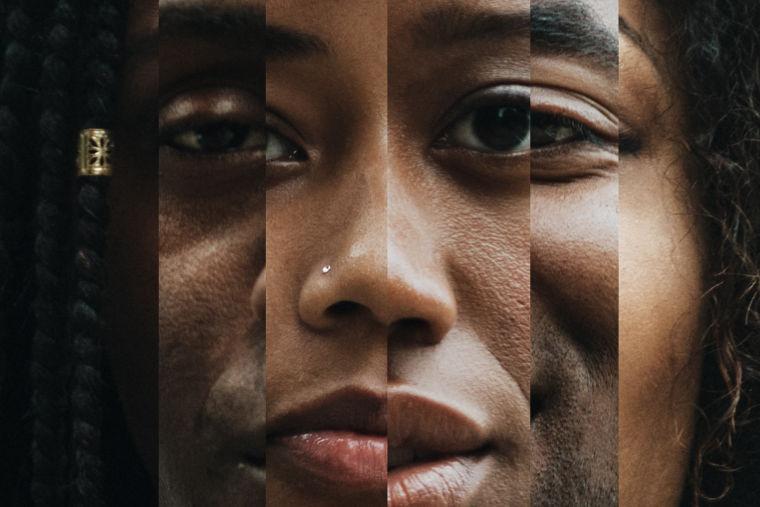How digital ethnography is critical to understanding the changing world of food and beverage
Digital ethnography has rapidly become a powerful tool for understanding consumer insights and motivations. For the food and beverage industry, it can deliver more precise, enduring, and actionable insights.

It’s no secret that the 2020 pandemic permanently altered how people and businesses engage with the digital. People were forced to embrace a digital transition, and for researchers, emerging digital research methods were pushed to the forefront. Digital ethnography has rapidly become a powerful tool for understanding consumer insights and motivations. For the food and beverage industry, it can deliver more precise, enduring, and actionable insights as it delves into the ways in which food and drink are fully integrated into everyday lives.
So, what is digital ethnography, and why is it a valuable tool for the food and beverage sector?
Digital ethnography is often conflated with, but must not be confused with, solely online communities. While both are valid and useful methods, digital ethnography is first and foremost participant-led, whereas online communities are task-led. It can be defined as “a contemporary form of ethnography which considers online social spaces of discussion following technological advances” (Delli Paoli 2021). Applying this definition to the insights sector can take this definition and introduce a further layer comprising 1) the comfort of consumers engaging in the online space and 2) the constant immediacy of consumers' access to phones as a chance to record actual behaviour. For the food and beverage industry in particular, digital ethnography holds incredible value in delivering the broader social, cultural, and economic context of food and brand choices. This forces us to view and unpick food culture as both dynamic and enduring.
Wider trends and industry insights must be grounded in an understanding of the individual, not just as a consumer but as a person. Using a participant-led methodology can unlock previously unknown opportunity spaces and improve understanding of motivation. On a practical level, this could look like creating a platform where participants:
Utilise the ‘diary’ feature on platforms to encourage consumers to document their dinners, lunches, anytime they eat out, etc. This could be via photos in real-time, a ‘photo dump’ at the end of the day, videos, etc., whatever the participant decides.
Are asked to set up a camera/phone and record as they complete a task, e.g. cooking dinner. They are in charge and take ownership of the video, but it will reveal unconscious habits.
For most consumers, life is fast-paced, and things are easily forgotten. Digital ethnography, therefore, uncovers the differences between what people say and what people do. For example, a consumer might believe that they eat healthily, but after a week of engaging candidly with their food habits, they realise they eat a lot more ready-meals or takeout than they thought, providing insight into both aspiration and reality. Gently prompting them to notice these discrepancies can open avenues to probe deeper: why is that way of eating their aspiration? What is preventing them from getting there? What are the touchpoints of these choices being made? These questions can be answered by creating a holistic picture of their life over a longer period of time (e.g., 7-10 days). Taking this view can allow brands to understand their place in a consumer’s life from many different angles. Some use cases for this could be:
Understanding the function of food in different markets.
Shaping how best to show up in consumers’ lives in a more authentic way
Unpicking what is driving consumer experiences
Dynamic lives mean dynamic food schedules and choices, and utilising digital ethnography can help capture this across different days, situations, and moods, helping to gain the long-term view.
How can the mechanics of digital ethnography lend themselves specifically to understanding food culture and unlocking food and beverage insights?
Aside from being a better way of gaining more nuanced and actionable insights into food culture, the mechanics of using online platforms complement this. As the food and beverage industry is acutely aware, there is no one-size-fits-all, so intimately knowing and having the capacity to alter how the ethnography is presented based on different global markets is essential. In the U.S., consumers engage more easily with very focused prompts whereas in the U.K., asks can be more fluid and still gain an in-depth response. For some markets, such as India and Kenya, consumers engage best when not on a platform at all. Instead, they conduct digital ethnography via WhatsApp, and they share videos, photos, and voice notes, which will yield the best results. Ostensibly, engagement with food is always evolving but, at the same time, deeply embedded in the cultural fabric. As such, good quality digital ethnography requires a platform that can give agency to users within a robust and culturally relative framework.
Different variations of digital ethnography can also be added into mixed-method food and beverage project approaches. Utilising digital ethnography done by passive observations of organic online forums and groups (e.g., Facebook or Reddit) can be useful for understanding the current consumer motivation landscape. This is important as discussing food can be very delicate and is inherently linked to presentation of the self, meaning consumers may share more candidly in a self-selected group of their peers. Although the General Data Protection Regulation (GDPR), or similar worldwide legislation, requires anonymising data and removing individual identifiers for people who have not given informed consent to the research, the value lies in the detached observation style, meaning the research is completely consumer-led. As a tangible example of passive observation, the recent trend of functional health products has created a proliferation of U.S. and U.K.-based Facebook groups/communities that are made for tracking weight loss. There are usually two types of participants: posters (active participants) and lurkers (passive participants). While data is gathered from the posters, it is often the lurkers who are influenced, share the posts, and engage offline. Lengthy posts and ensuing comments detailing health stories, unsupportive spouses, and tips and tricks can tell us a lot about the impact that wider social and cultural ideas and norms have on motivations of food choices and what is transient versus what is enduring in the market.
Key takeaways for the food and beverage industry
Creating future-proofed insights means not isolating trends and instead zooming out to investigate the wider context which created that trend. Culture is (re)produced through food, making every choice of snack, meal, and drink a fingerprint of each moment. Digital ethnography can provide the food and beverage industry the opportunity to understand how their consumers are interacting with different product categories and how classic touchpoints are influenced by wider social, cultural, and economic contexts. Food is at the heart of every culture and therefore understanding the mundane, everyday movements of the consumer is the key to the food and beverage industry being able to develop meaningfully.


